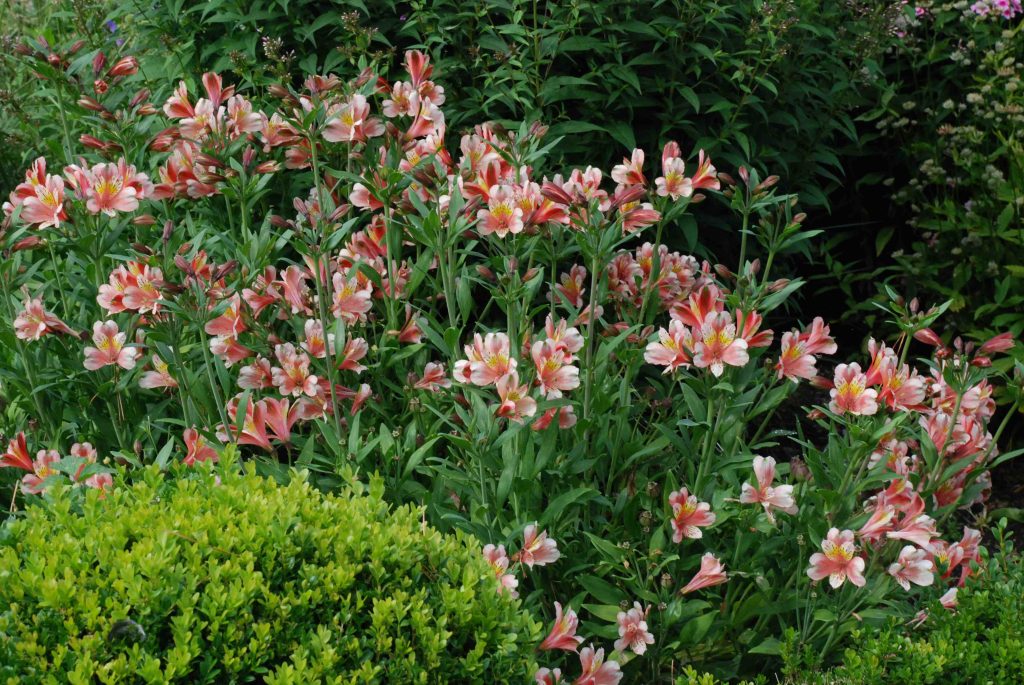
Many years ago, when I worked at Nags Hall, alstroemerias were far from popular garden plants. The only kinds you could get for the garden were forms of Alstroemeria area, in gold and orange and they were not good garden plants. They flowered profusely in June but then set seed, and died down by August, leaving big gaps in the border. They also spread relentlessly by their roots and by seed. You could also get the ‘Ligtu hybrids’ which had a wider colour range but the same problems. They also had a reputation for being less than hardy. Meanwhile, more beautiful forms were bred as cut flowers and these flowered throughout the summer, but they were jealously guarded by cut flower producers. The big change was when similar plants began being sold as Princess Lilies (R) and our gardens changed forever.
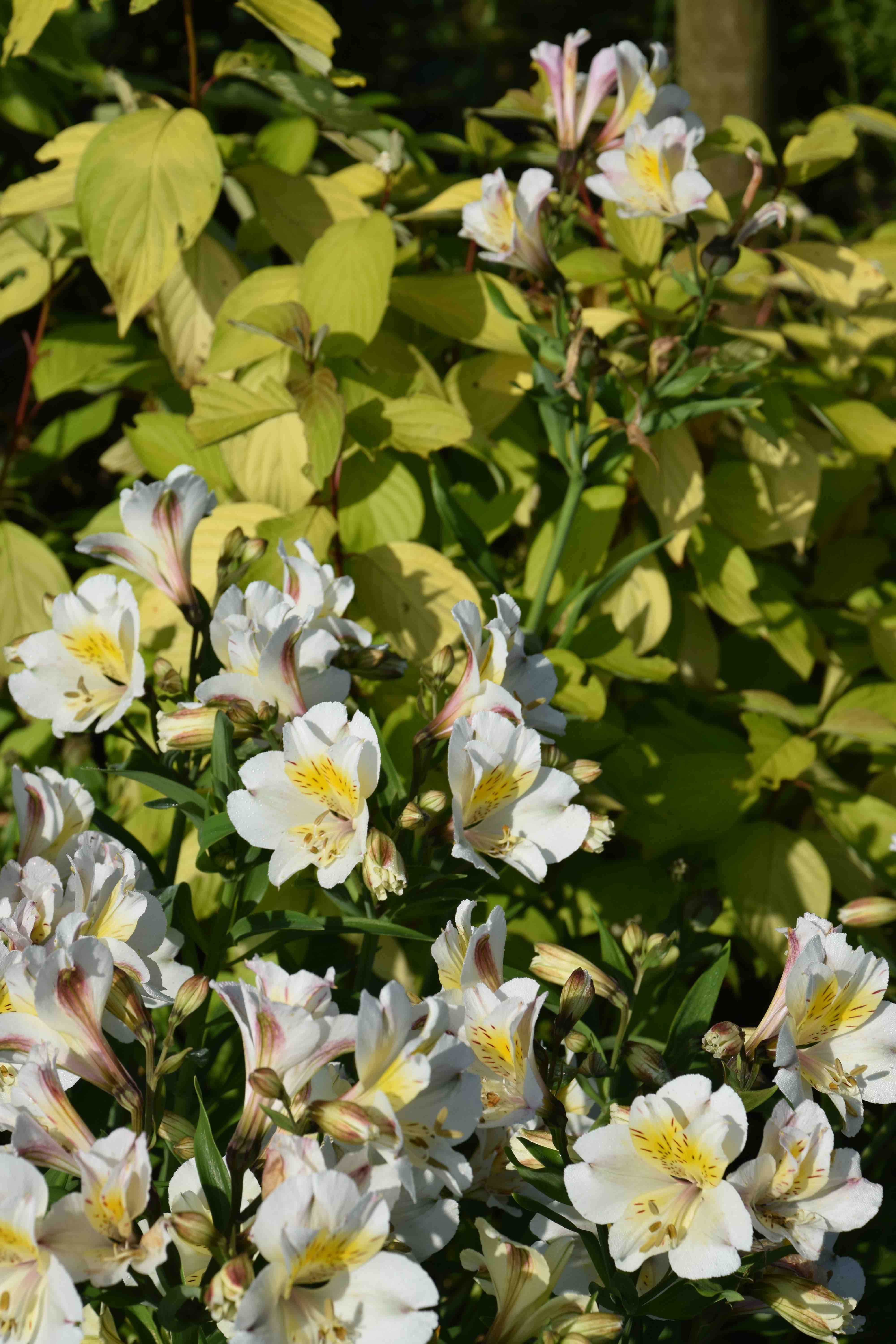
There is now a huge range of alstroemerias and I can think of few plants that are better in the garden. Colours range from lilac through pink, orange and red to yellow and white and all have intricately marked blooms.
I have them in my garden for these reasons:
- They are excellent cut flowers
- They bloom all summer from June to November
- They mix well with other plants and are longlived
- They vary in height from 15cm to more than 100cm so suit all gardens
- They don’t get affected by lily beetle or any other pest.
- They are generally hardy in average soil
Now there are a few things to consider. The short ones are great for pots and for border edges but are too short for cutting. The taller kinds usually do need support. They prefer a sunny spot and don’t like soils that are waterlogged in winter.
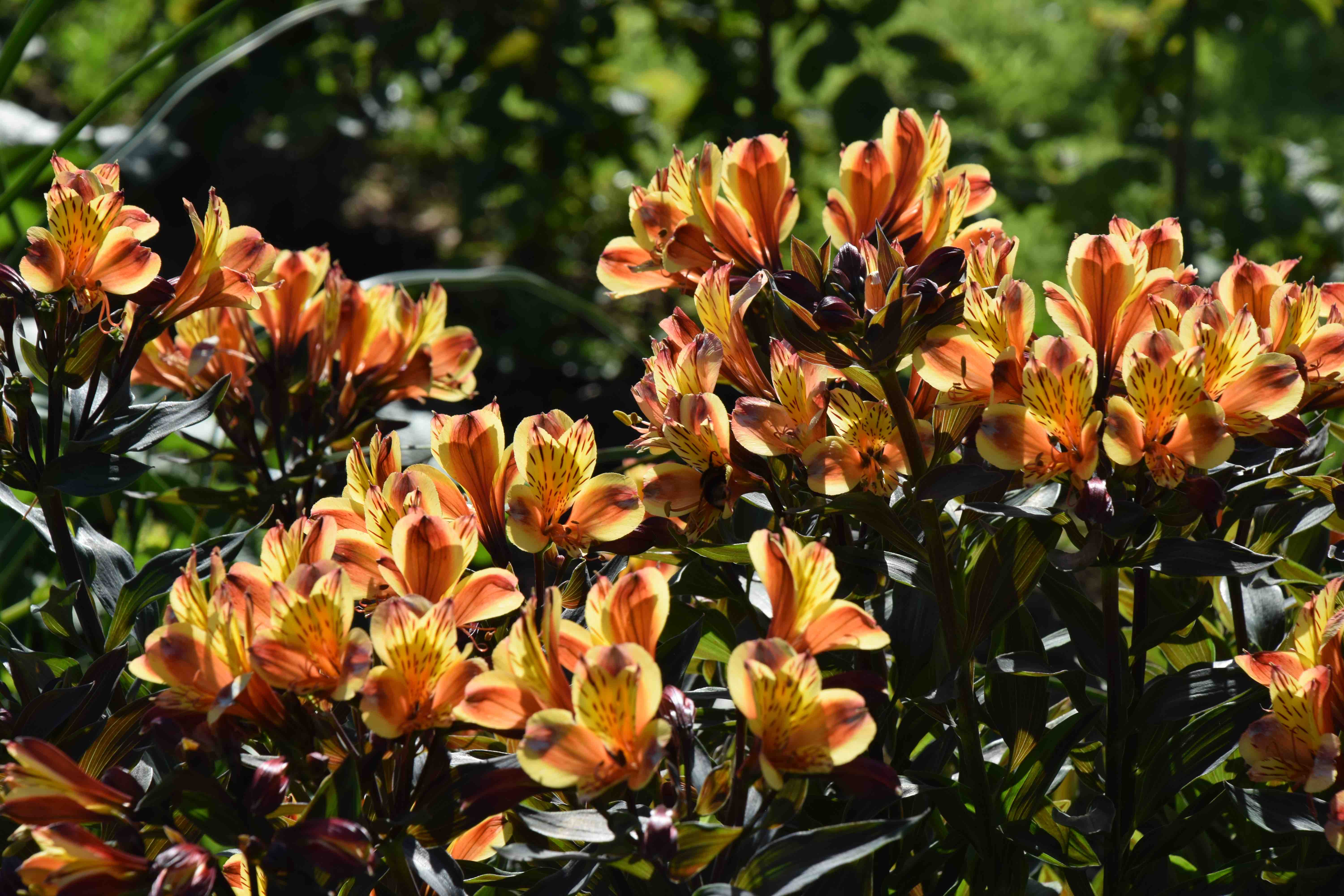
I have never found any pests on my alstroemerias, and I grow a lot, except for tortrix moth caterpillars on those I grow in my polytunnel for cut flowers – they then bloom from April to December. These pests stick the petals together with webbing and eat the flowers. They are a common pest on lots of garden plants. I have never noticed aphids on alstroemerias and usually slugs leave them alone – but not always!
Alstroemerias have thick, ‘glassy’, brittle roots that do not like to be damaged so it is always best to plant them as potted plants. When they get large and need to be divided it is best to do this in spring and to chop the clump into lumps and replant these and not to pull them apart. Always buy potted plants and never bags of dried roots.
Instant colour
Alstroemerias are at their best now and if you have any gaps in the border or you want something to fill patio pots, this is the perfect time to plant them. They will fill the gaps instantly and give you months, and then years, of colour. Some even have attractive leaves such as bronze ‘Indian Summer’ and boldly variegated ‘Spitfire’ – I rate both of these highly. ‘Rock ‘n’ Roll’ is the most beautiful of all with incredibly variegated leaves but it is a weak grower and is the only alstroemeria I have lost in the garden so if you do try it, give it the best soil and look after it. All my other kinds get minimal attention and just grow!
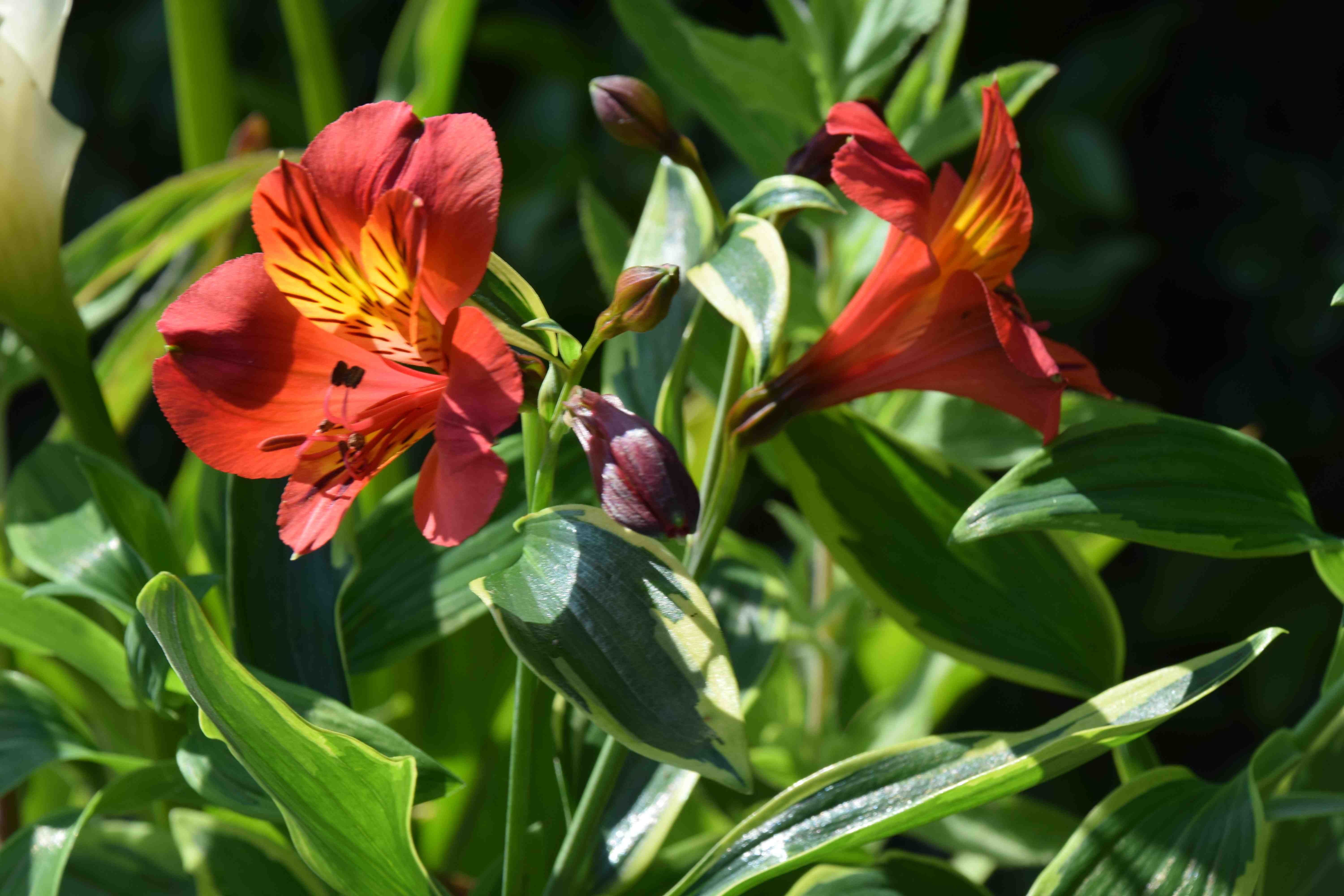
Prepare the hole well, forking it over, mixing in plenty of compost, and water the hole. Water the plant well and lower it into the hole. To protect the roots from frost it is best to plant the alstroemeria slightly deeper than it is in the pot, so check the planting depth. Adjust the hole so the top of the pot is about 3-5cm below soil level. When you have it right tap the plant out of the pot and put back in the hole and refill with soil to leave a slight depression over the crown. Gently firm and water well. Keep the plant watered in dry spells and, over the weeks push the soil over the crown to gradually bury it more deeply.
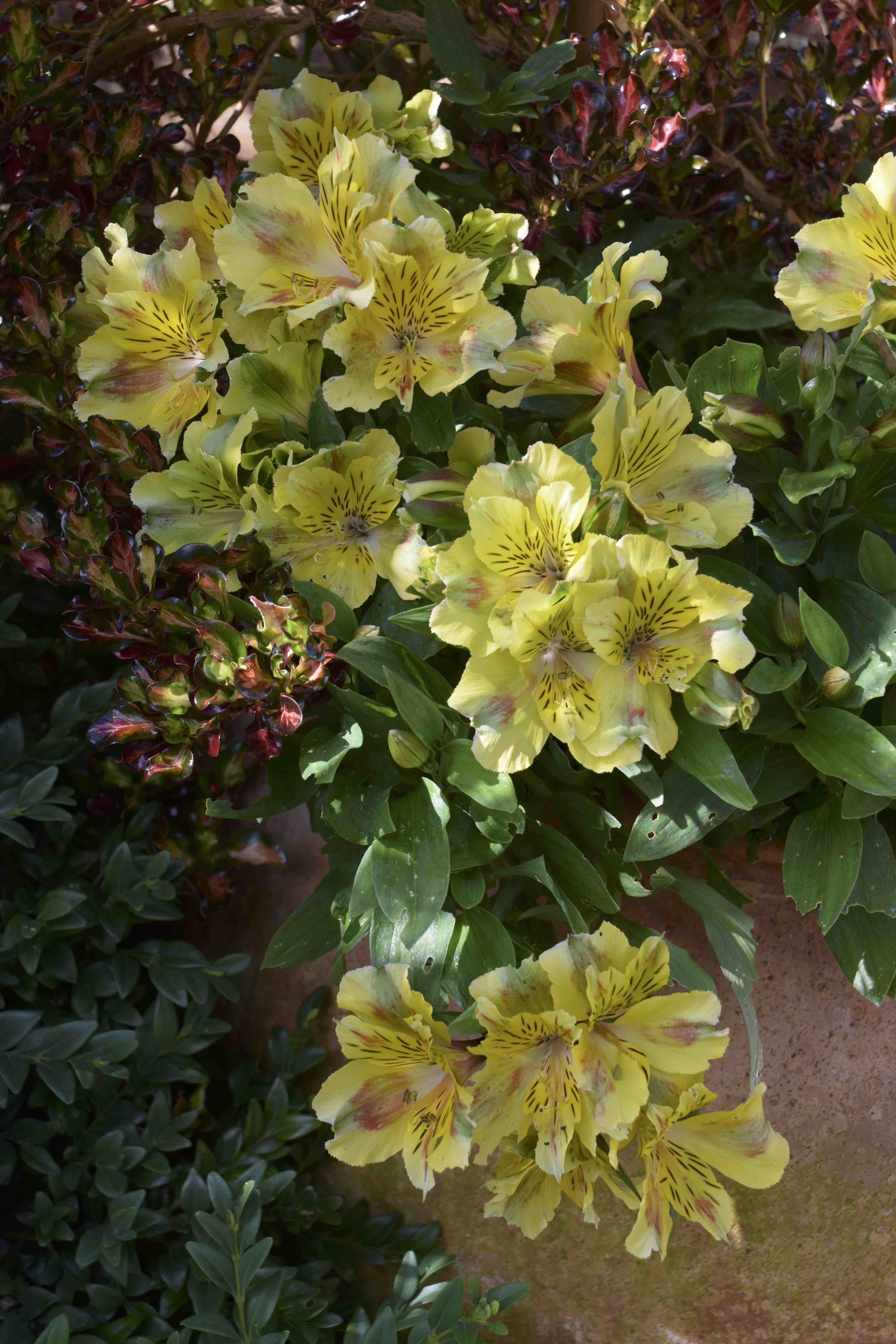
I much prefer the taller kinds to the dwarf plants but I do have some short alstroemerias in my raised beds to provide lots of colour after all the spring alpines and bulbs have finished. They are ideal for pots. They need just regular care in summer, with lots of water and feeding but, unlike petunias and begonias, they will last for years. Always line the pot with bubble polythene (on the inside before planting) to help protect the roots from frost in winter.
Look out for these trouble-free perennials at Nags Hall now. They are still something of a novelty but they really are great value. Twenty years ago they were almost unknown in gardens and I planted them as a novelty. Now they form a vital part of my garden display.
Cut flowers
In the border, when the last flower on the stem has faded, deadhead the plant but pulling up the stems. Once the flowers have died the stems will slowly die back so pulling up the stems keeps the clumps tidy. Hold the stems low down and give a quick yank to pull them up. This pulling encourages new shoots. Pick the stems the same way, as cut flower, as soon as several flowers on the head are fully open. They can last up to two weeks in a vase.
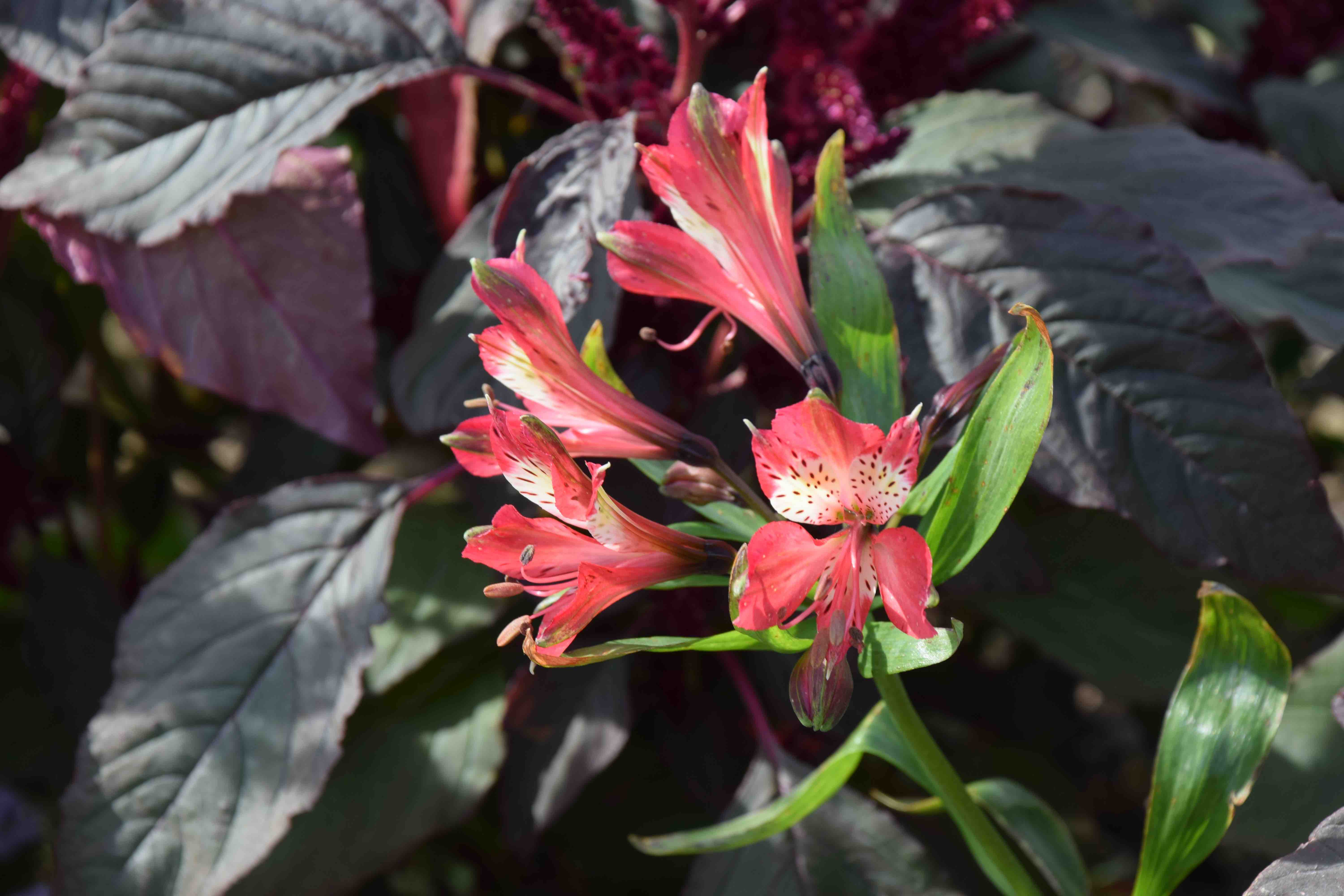
All these photos are of my alstroemerias in the garden. My soil is quite heavy and can be rather wet in winter but they cope very well in what is theoretically not ideal conditions.
Curious leaves
The leaves of alstroemerias are very odd. They grow all along the length of the stems and every one is twisted so it is upside down! I don’t know any other plant that does this (apart from alstroemeria relatives) and I don’t know why it does it!